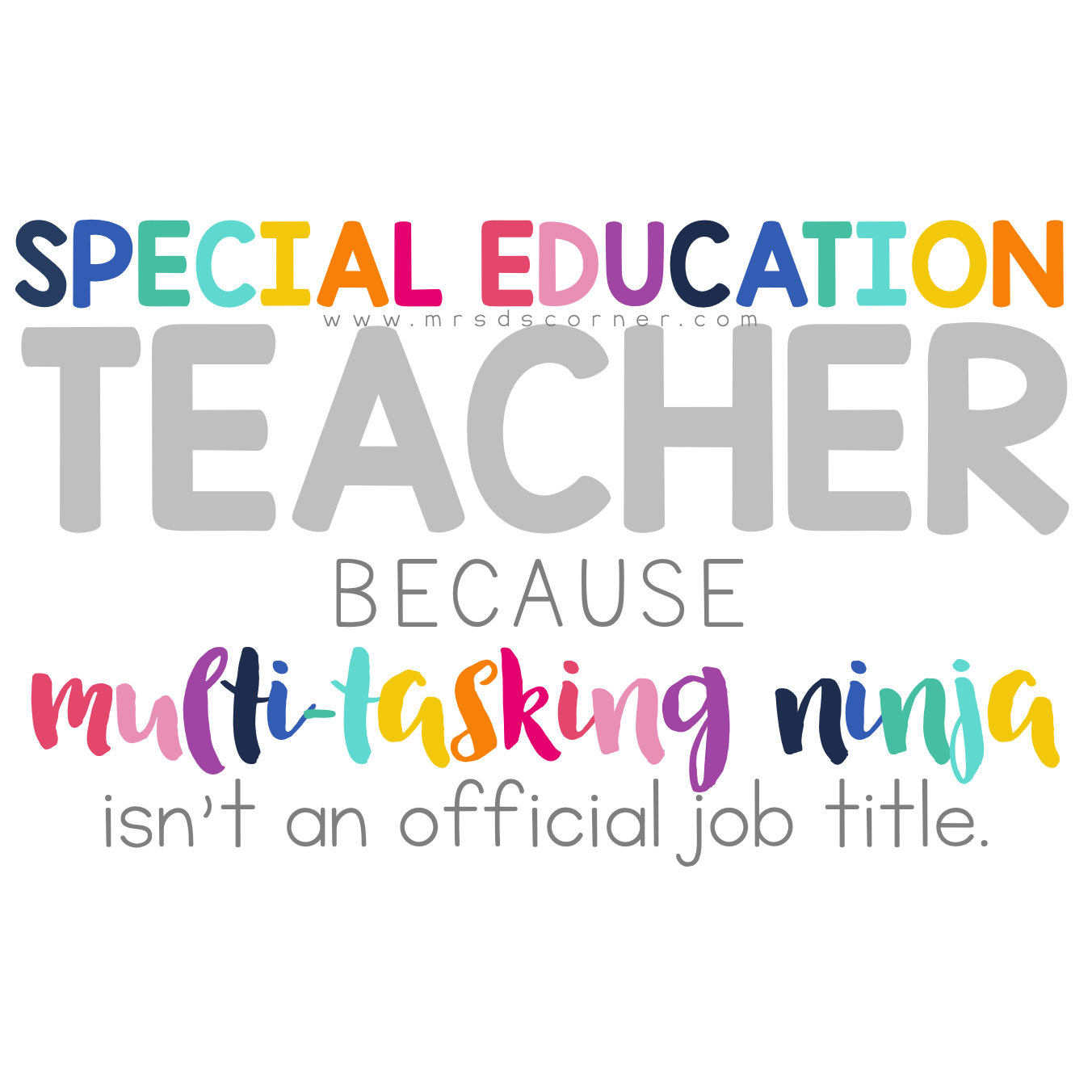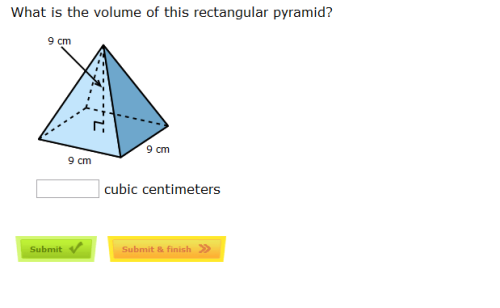
There are a variety of utah scholarships available for you to apply for. These include the Terrell Bell Teaching Incentive loan program, institutional scholarships, and Robert Price Memorial Scholarship. Depending on the type of education you're planning to pursue, you can find a scholarship to fit your needs.
Institutional utah scholarships
Institutional Utah Scholarship Program offers college funding options to students. These scholarships provide financial support up to $3,000 for students' education. For these scholarships to be awarded, students must be Utah residents and be enrolled in an eligible school. Students must also prove financial need and accept other forms of aid.
The Dream Center Scholarship offers up to $2,000 to undergraduate students who have a minimum of a 3.0 grade point and completed 15 credit hours within the 2020-2021 academic school year. Applicants may be denied this scholarship if they are unable to enroll for at least 15 credits, but they must explain to the scholarship committee why they cannot meet these requirements. A Utah high school diploma is required. Applicants must also have an extenuating circumstance that prevented them from achieving a 4.0 GPA during their high school education. To apply for this scholarship, students who are not documented must fill out a FAFSA on paper.

StepUp to Higher Ed scholarship
StepUp to Higher Education is a scholarship that helps low-income students finish their college education. StepUp is a one-to-one program that provides support for students with time-limited assignments and individual assistance. This program develops a student's academic skillset and confidence for success in higher education. Students must be between the age of 17 and 25 and must have good academic standing.
StepUp for Students (a nonprofit organization) provides college scholarships for students who are low-income and bullied. The program was able to help 116,000 students during the 2017-18 schoolyear. StepUp also offers special programs like the Hope Scholarship to students who were bullied, or who have a learning impairment.
Terrell Bell Teaching Incentive loan program
Terrell Bell Teaching Incentive Program is an award-for service program that assists those interested in teaching to obtain the college degree. It provides financial aid to outstanding education students in Utah, paying full-time tuition and general fees for up to eight years. The program is available to both public and private schools. Students must teach for at least 2 years in a Utah private or public school to be eligible.
This program is administered by the State Board of Regents and is funded by the Utah State Legislature. The amount of funding available will determine the number of awards.

Robert Price Memorial Scholarship
Robert Price Memorial Scholarship assists students from historically low-income groups by providing financial support for their educational expenses. This scholarship can be used for tuition and fees, books, and transportation. It can be renewed for two academic year. The recipient must maintain a minimum 3.0 GPA and demonstrate an active involvement in school and community activities.
The scholarship is given to full-time undergraduates in the School of Engineering. The selection criteria for the recipients include financial need and academic merit. The scholarship is also offered through EADS/Airbus North America Engineering, Inc., a Wichita, Kansas, business. For this scholarship to be available, students must be majoring or pursuing a degree in Mechanical Engineering.
FAQ
What factors should I consider when choosing a major?
First decide whether you'd rather be a professional or a student first. Next, you need to make a list listing your talents and interests. You might be interested in reading, listening and watching music, or talking to people. You can be a singer, dancer, painter, writer, sewer, cook, woodwork, garden, photography, carpentry or auto mechanics. When you identify your talents and interests, you can use these to guide you in choosing a major.
If you're interested in becoming an artist, you might be drawn to art history or fine arts. Biology may appeal to those who love animals. Pre-medicine or medical technology may be an option for you if your dream is to become a physician. Computer science or computer networking might be a good choice if you are looking for a career that involves computers. There are many choices. You just need to think about what you would like to do.
What is a trade school?
Trade schools can be an alternative for those who have not had success in traditional higher education to obtain a degree. They offer career-oriented programs that help students get prepared for specific careers. The programs offer two-year courses in one semester. Students then go on to a paid apprenticeship program, where they are trained in a specific job skill set and given practical training. Trade schools include vocational schools, technical colleges, community colleges, junior colleges, and universities. Some trade schools offer associate degrees.
What's the difference between college and school?
Schools are usually organized into classes (or grades) with a teacher who teaches a group of students. Colleges offer more specialized programs, and many include university-level classes. The majority of schools focus on core subjects, while colleges offer more specialized programs. Both levels have a curriculum that prepares students for higher education.
Statistics
- In most developed countries, a high proportion of the population (up to 50%) now enters higher education at some time in their lives. (en.wikipedia.org)
- Think of the rhetorical power of nineteenth-century abolitionist Harriet Beecher Stowe, Martin Luther King, Jr., or Occupy Wall Street activists with their rallying cry of “we are the 99 percent.” (bostonreview.net)
- They are also 25% more likely to graduate from high school and have higher math and reading scores, with fewer behavioral problems,” according to research at the University of Tennessee. (habitatbroward.org)
- These institutions can vary according to different contexts.[83] (en.wikipedia.org)
- Data from the Department of Education reveal that, among 2008 college graduates, 92.8 percent of humanities majors have voted at least once since finishing school. (bostonreview.net)
External Links
How To
What is vocational Education?
Vocational Education is an educational system that prepares students for employment after high school or college by providing them training in specific skills needed for a particular job (such as welding). You can also get on-the job training through apprenticeship programs. Vocational education differs from general education because it focuses on preparing individuals for specific careers rather than learning broad knowledge for future use. Vocational education does more than prepare for university. It helps people find jobs after graduation.
Vocational education is available at all levels of education, including primary, secondary, high school, college, universities, technical institutes as well as trade schools, community colleges and junior colleges. You can also find specialized schools such a culinary arts school, nursing school, law school, medical schools or dental schools. These schools offer both practical and academic training.
A number of countries have made significant investments in vocational education over recent decades; for example, Australia, Denmark, Finland, Germany, Ireland, Japan, Luxembourg, New Zealand, Norway, Poland, Sweden, Switzerland, the United Kingdom, and the United States. The effectiveness of vocational training is still a controversial topic. Some argue it doesn't improve students' employability, while others argue it prepares them for the future.
The U.S. Bureau of Labor Statistics has estimated that 47% of American adults hold a postsecondary certificate or degree related to their current occupation. This is a higher percentage among those who have more education. 71% are currently employed in fields that require postsecondary qualifications.
According to the BLS, nearly half of America's adult population held at least one postsecondary credential in 2012. Around one-third of Americans hold a two or four-year associate degree. One in five Americans has a master's or doctorate.
In 2013, the median annual wage for persons holding a bachelor's degree was $50,900, compared to $23,800 for those without a degree. The median salary for people with advanced degrees was $81,300.
The median wage for people who did not finish high school was only $15,000. Earn $13,000 per annum for those with less high school diplomas.